A Walk in the Park (exhibition)

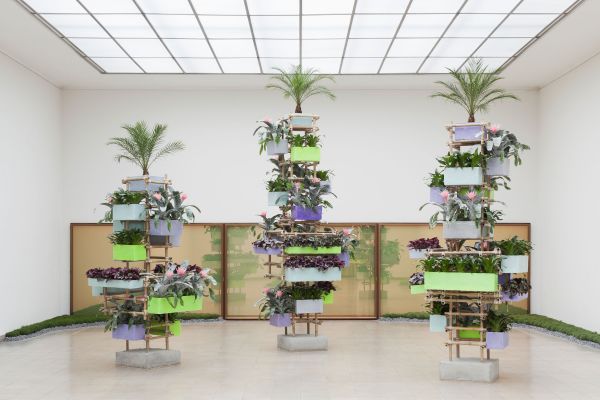
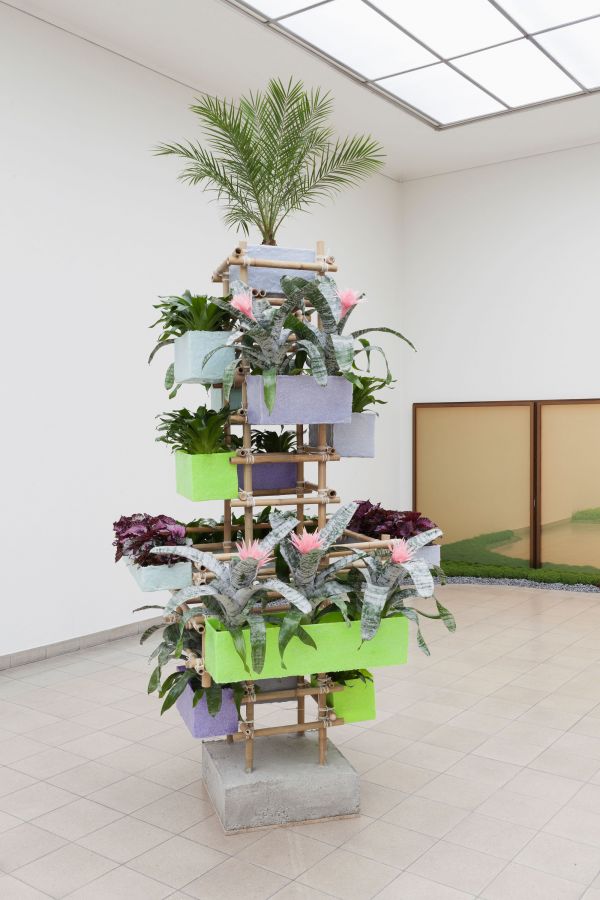
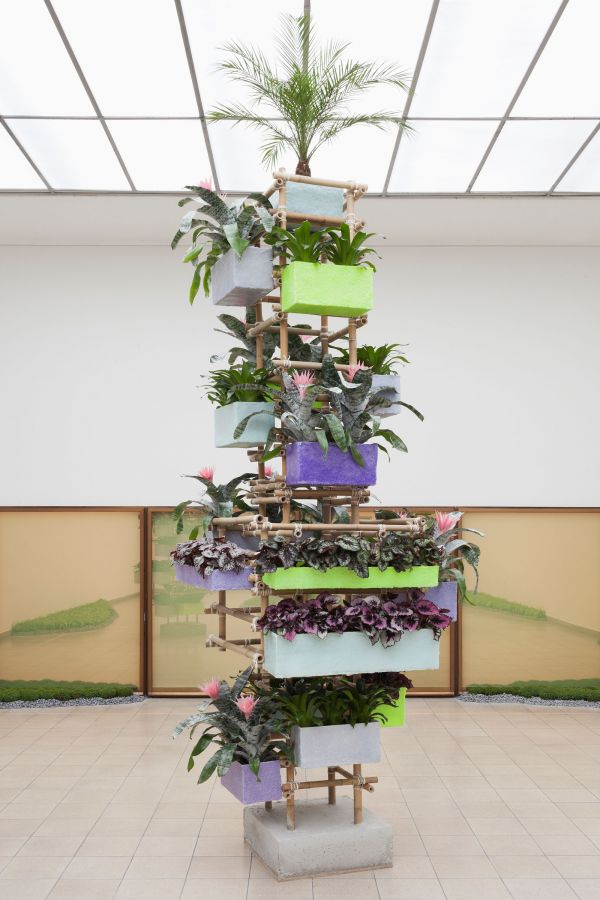
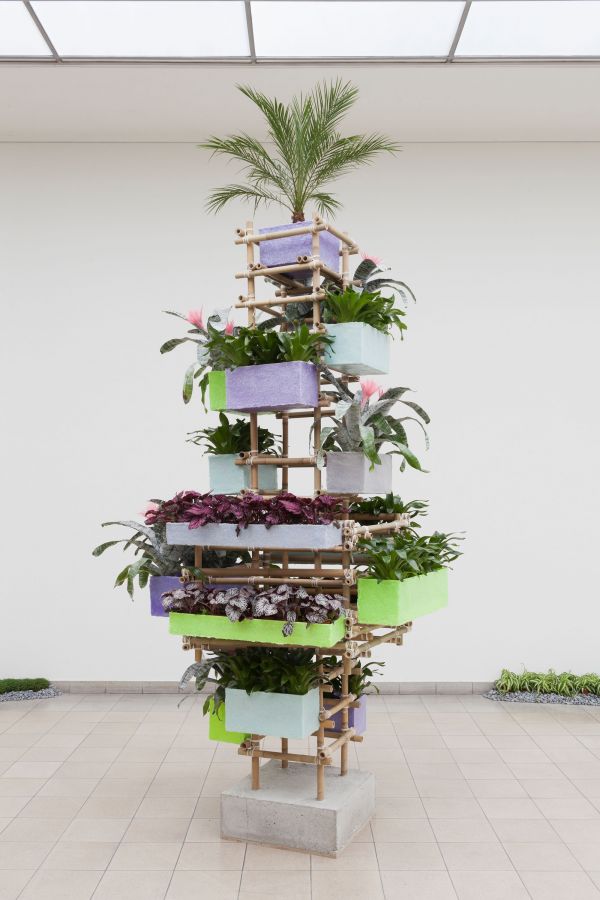
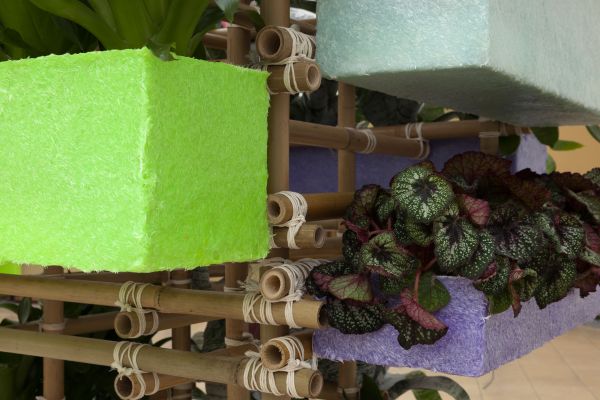

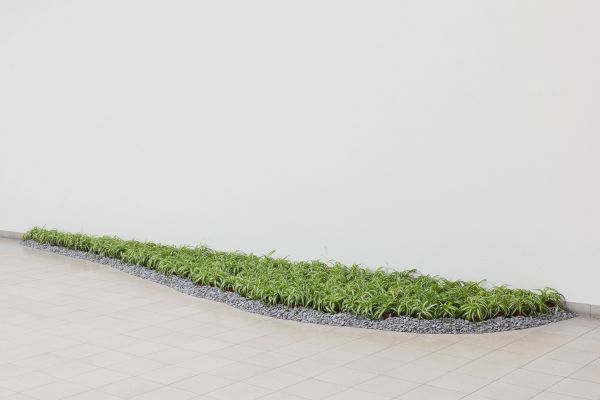

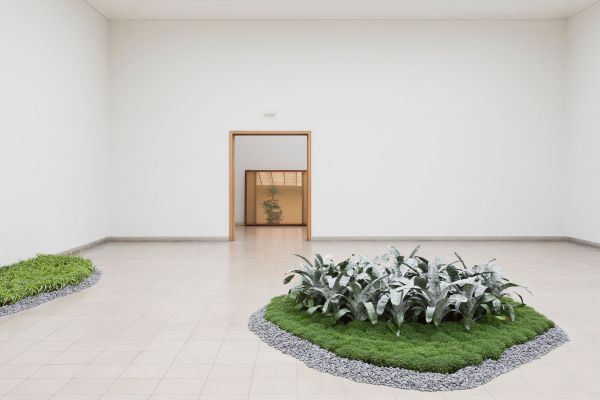
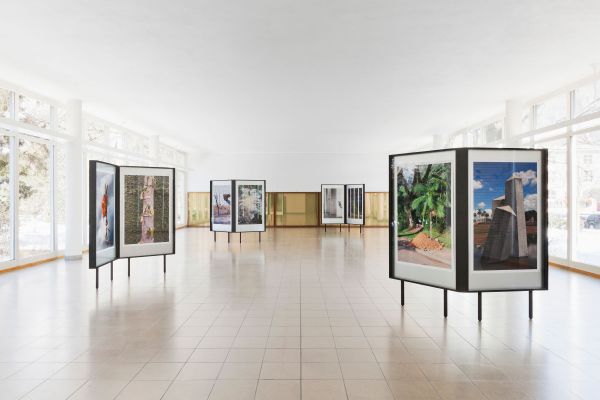
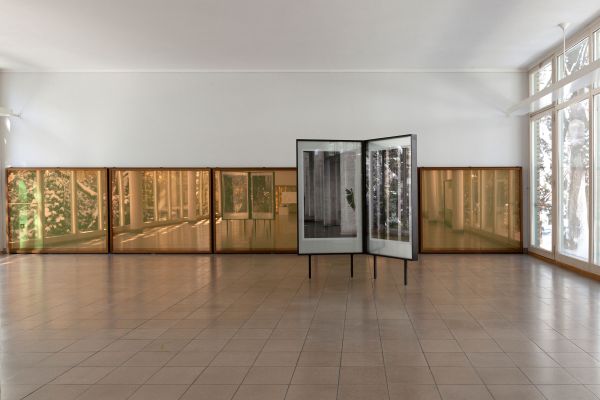


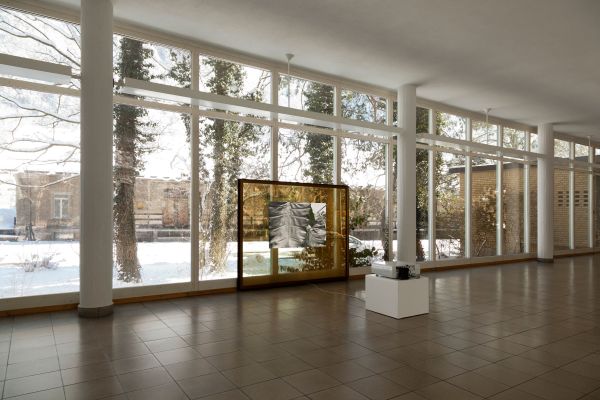
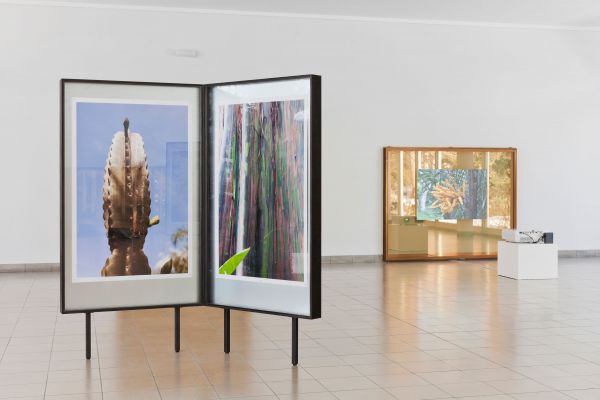
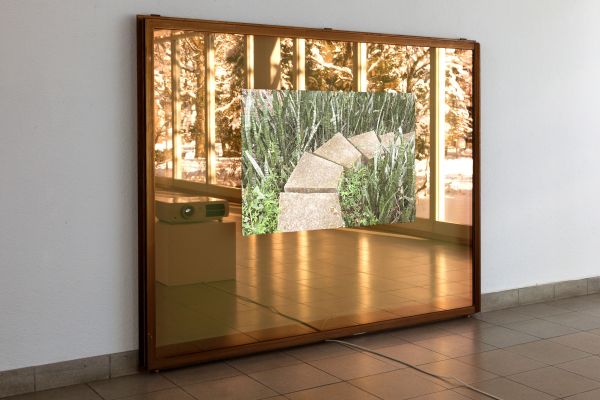

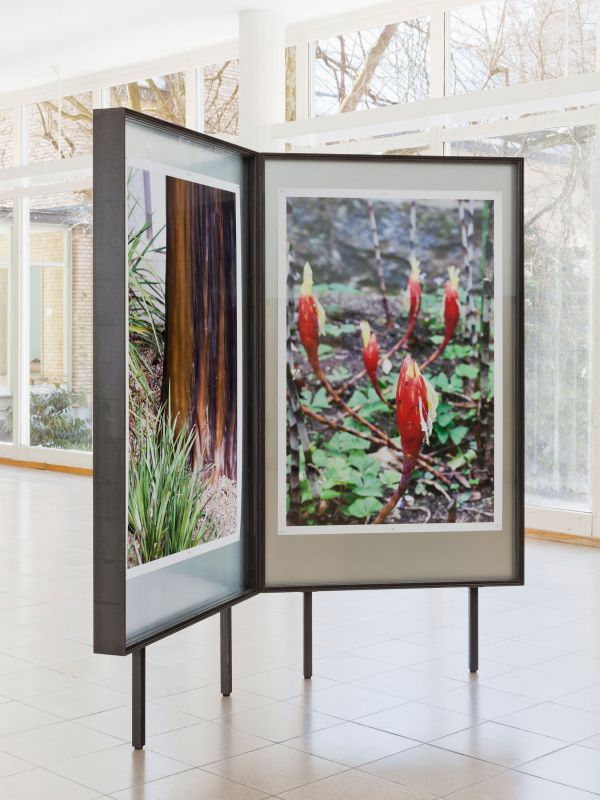
A Walk in the Park, 2013
Solo exhibition at Kunsthaus Glarus, Switzerland
10.02 – 05.05.3013
For his first institutional solo exhibition in the german part of Switzerland, Adrien Missika is developing new works specially for the spaces of Kunsthaus Glarus. To this end he is following the traces of the Brazilian landscape architect and artist Roberto Burle Marx (1909 – 1994), a designer of gardens, parks and promenades. Apart from numerous designs for public and private gardens and squares, such as the promenade in Copacabana or several public gardens in Brasilia and Sao Paulo Burle Marx also designed six patios for the UNESCO building and sketched the terraces of the Centre Pompidou in Paris (not realised). He is seen as the founder of modern garden architecture, and worked often with the architects Lucio Costa, Le Corbusier and Oscar Niemeyer. His gardens are characterised by curved organic forms, creating the overall impression of an abstract painting. In Brazil, Burle Marx used native plants. A total of 33 species were named after him. He cultivated the tropical plants that he collected on his expeditions and then used them for his gardens. The use of native plants was an innovation in Brazil at the time – until then Brazilian gardens had followed the European model, and European plants were used, gestures of cultural colonialism, but also exotic symbols in the tropical context. For the skylight room of Kunsthaus Glarus, Missika is using a design featuring plants and sculptural flower-tower constructions. He has transported Burle Marx’s codes of garden design into the museum space, and is transforming the Kunsthaus into a walk-through tropical conservatory. For the construction of the bamboo towers, he is using the Asian knot technique of scaffolding, expanding the architectural space into a vertical dimension. This formal element is often used in compacted city planning as well as utopian concepts of vertical gardens and green cities. Further reminiscences to architecture are made with discarded, mirrored window panes from a modernist building, forming the horizon of the exhibition space. The introduction of disused architectural elements in new contexts is a gesture Missika borrows from Burle Marx reflecting on the temporality and transcience of architecture and civilisation. In the side-light room Missika is showing photographs of plants and gardens which are shown on a display system of sculptural elements in the form of metal panels. Missika has adapted this form of presentation from a system used in the botanical department of the Indian Museum in Calcutta. In their function, the elements are hybrid and variable. In Glarus they serve as autonomous sculptures as well as frames for large format photography and have also served as picture supports or even as screens for video works before. With these sculptural elements, autonomous mini-exhibitions are produced within the exhibition space. Another series of discarded window panes – again variable in their function as autonomous sculpture and projection screen for more research images – provides references to modernist architecture. Missika collected his extensive pictorial material during a journey through Brazil on the trail of the landscape designer in the manner of a Grand Tour like the ones that travellers took towards the end of the 19th century. He is particularly interested in the legacy of European modernism outside of Europe. He documents the contemporary state of the projects of the landscape architect in Brazil, who are part of the country’s national inheritance, while being at the same time subject to a certain temporariness, instability and disorganisation. He also focuses upon tropical plants and the concept of the conservatory, the European model of cultivation and museification of the exotic and the different. Glazed annexes to grand houses and greenhouses were developed in England in the 18th century, and served both as social meeting points and as exotic presentations of cultural treasures from colonial territories in palm houses and botanical gardens. But they also have a lasting influence on modern architecture, with its glass and steel constructions. Missika is basically concerned with the confrontation between nature and cultural construction, old and new, décor and ‹fake›, and the concept of the ruin, to which Burle Marx himself repeatedly returned.
















